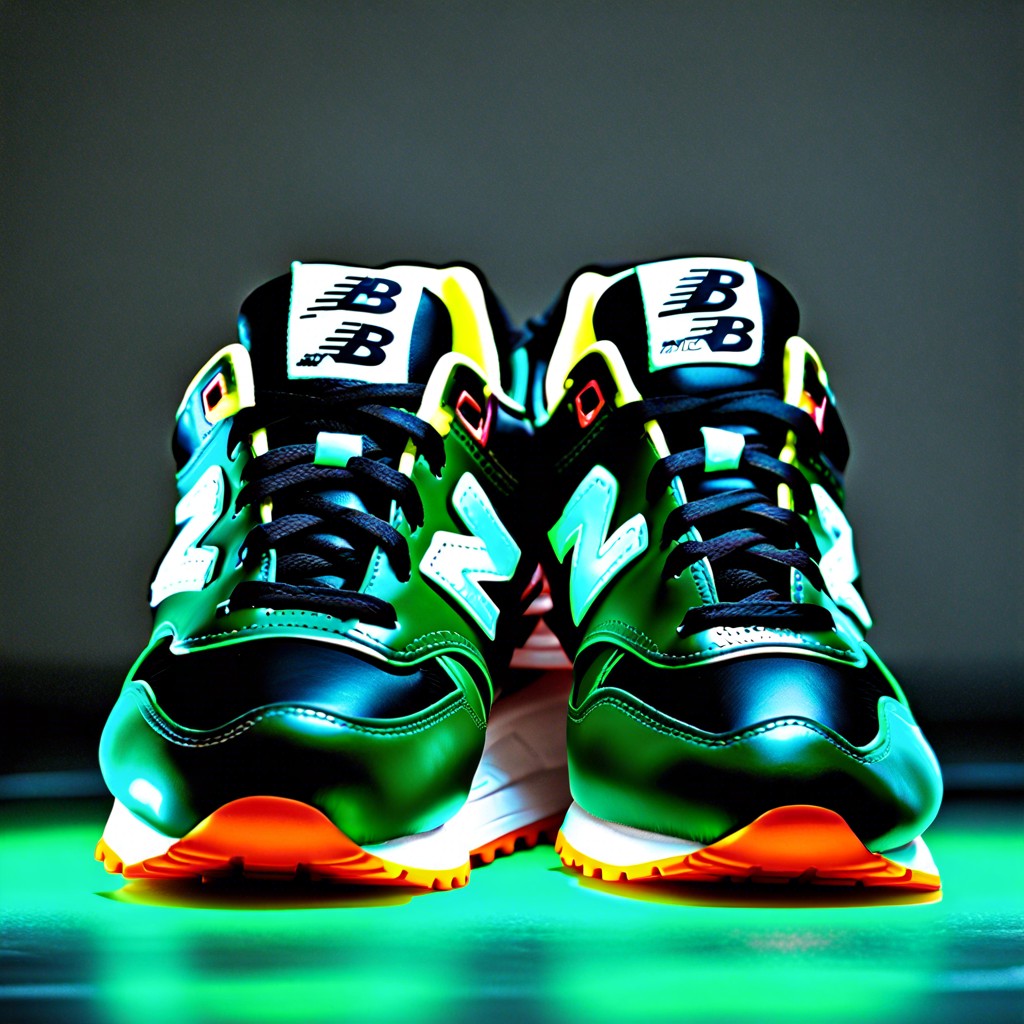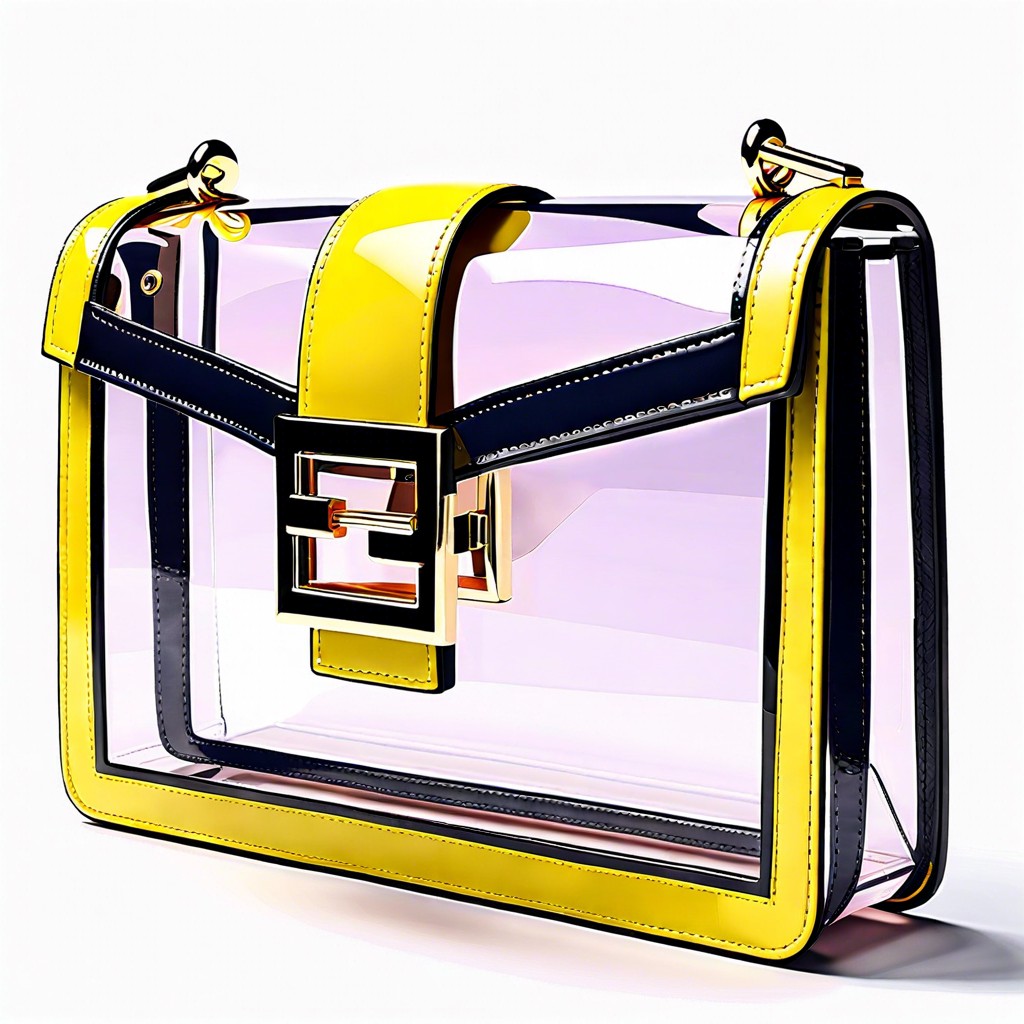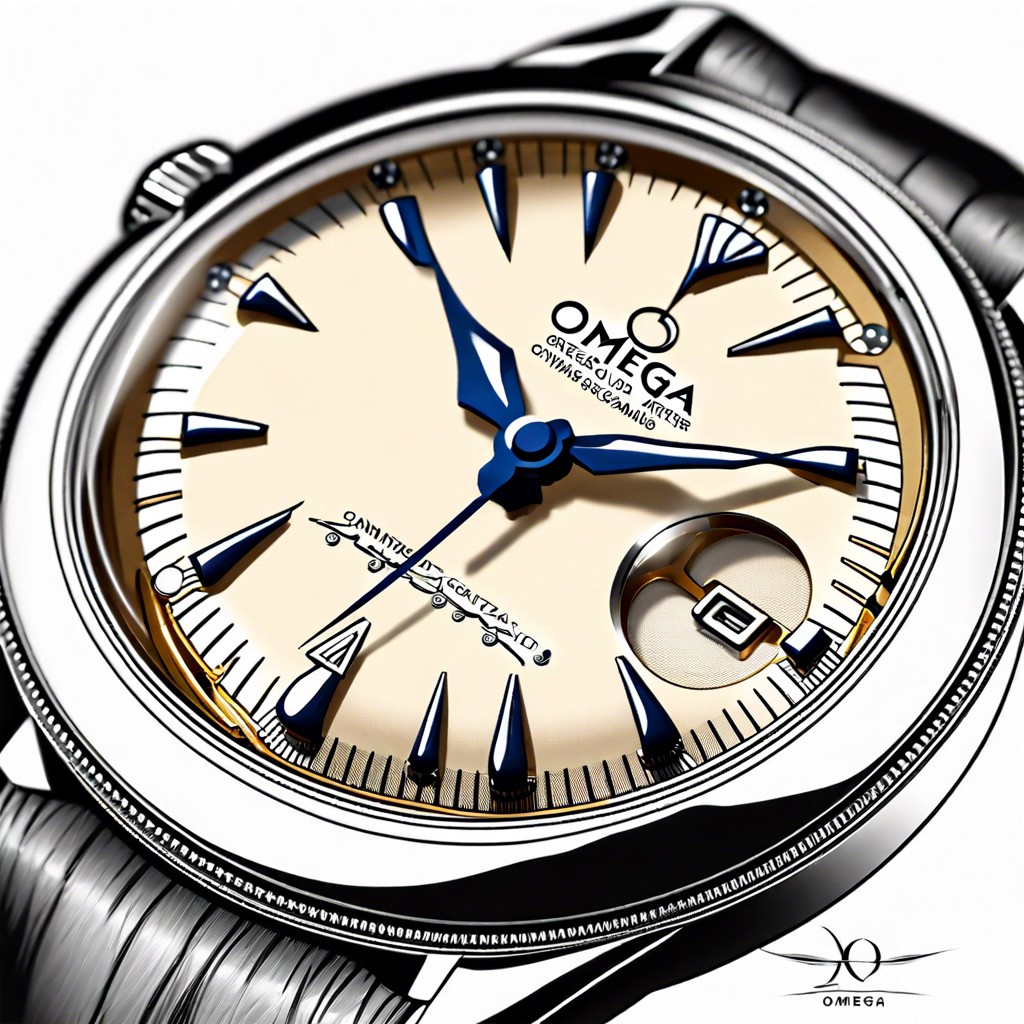Last updated on
Learn how to select the perfect vintage wedding dress that complements your style and honors tradition.
Key takeaways:
- Vintage wedding dresses reflect historical fashion and societal trends.
- Different fabric types are common in vintage wedding dresses.
- Each decade has specific characteristics in vintage gown styles.
- Restoration and preservation are crucial for maintaining vintage bridal attire.
- Wearing a vintage wedding dress can have cultural and sentimental value.
Historical Significance of Vintage Wedding Dresses
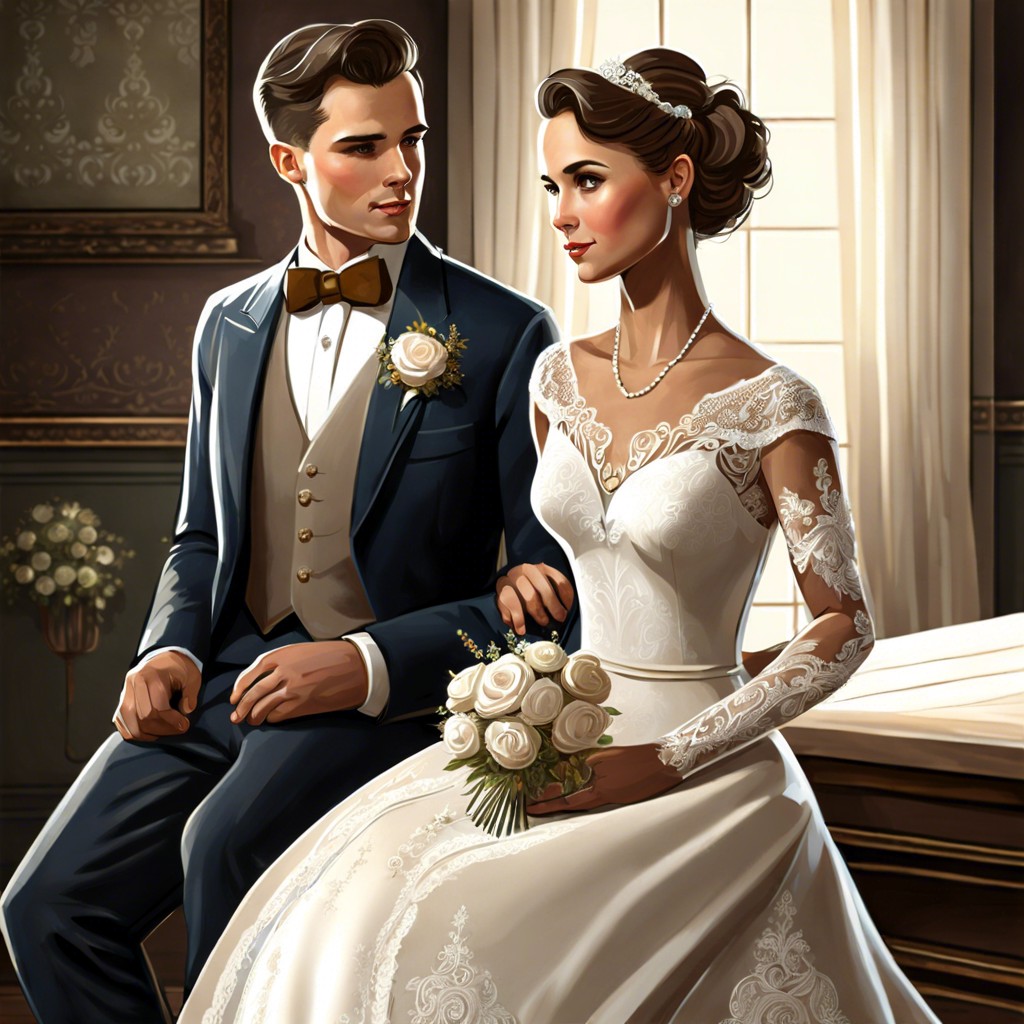
Wedding gowns are a profound reflection of the fashion and societal norms of their times. Throughout history, dresses have been influenced by economic conditions, such as the fabric rationing of World War II, leading to simpler gown designs during the 1940s.
The flamboyance of the 1920s, with its unprecedented prosperity, was mirrored in the ornate beadwork and lower waistlines of the era’s wedding attire. Additionally, the evolution of women’s roles is captured in the transition from restrictive, corseted silhouettes to the more liberated styles post-women’s suffrage movement.
Understanding these trends helps collectors and brides-to-be appreciate the stories woven into the fabric of vintage wedding dresses.
Fabric Types Common in Vintage Wedding Dresses

Chantilly lace, recognized for its delicate floral patterns on a sheer net, was a favoured embellishment on 1950s gowns. Silk, prized for its lustrous sheen and durability, often served as the main fabric in many vintage wedding dresses, particularly during the 1930s and 1940s.
Satin, appreciated for its smooth finish and drape, was commonly used throughout various decades, most notably in the 1930s for its glamorous effect. Organza, a lightweight yet stiff fabric, gained popularity in the 1960s, lending structure to dresses with its crispness.
Gauze-like tulle has been a recurring material for creating voluminous skirts, particularly celebrated in the 1950s and 1980s. Brocade, a more luxurious, woven fabric with raised designs, was often chosen for weddings in colder months, especially in the 19th century.
Each fabric not only reflects its era’s trends but also the socio-economic factors influencing bridal fashion at the time.
Decade-Specific Characteristics of Vintage Gowns

The 1920s flapper era, known for dropped waistlines and embellished fabrics, reflects a break from traditional styles. In the 1930s, gowns became more figure-fitting, often featuring a bias cut.
During the 1940s, war-time scarcity led to simpler, more practical designs. The 1950s favored a return to opulence, with ballgown silhouettes and sweetheart necklines.
Shifts in the 1960s brought shorter hemlines and A-line structures, mirroring social changes. The 1970s saw an influence of bohemian style, with an abundance of lace and relaxed fits.
Extravagance marked the 1980s, with puffed sleeves, sequins, and full skirts. The 1990s slimmed down with minimalist designs and sleek lines, reflecting the era’s streamlined aesthetics.
Each decade’s gown style contributes a unique narrative to the tapestry of vintage wedding fashion.
Restoration and Preservation of Vintage Bridal Attire

Vintage bridal attire, often delicate, requires meticulous care to restore and maintain its beauty. For restoration, a professional with experience in antique textiles is essential. Stains should be addressed with gentle, non-invasive methods. For fabric tears, a conservator may employ period-appropriate materials to reinforce and repair the garment.
Preservation follows restoration, aiming to prevent further degradation. Acid-free tissue paper can cushion folds, preventing fabric stress. A garment bag of breathable material, like cotton muslin, shields against dust and light. Climate control is also vital; a cool, dry environment wards off mold and fabric deterioration. Regular inspections ensure early detection of issues, safeguarding the garment for future generations.
Cultural and Sentimental Value in Wearing Vintage
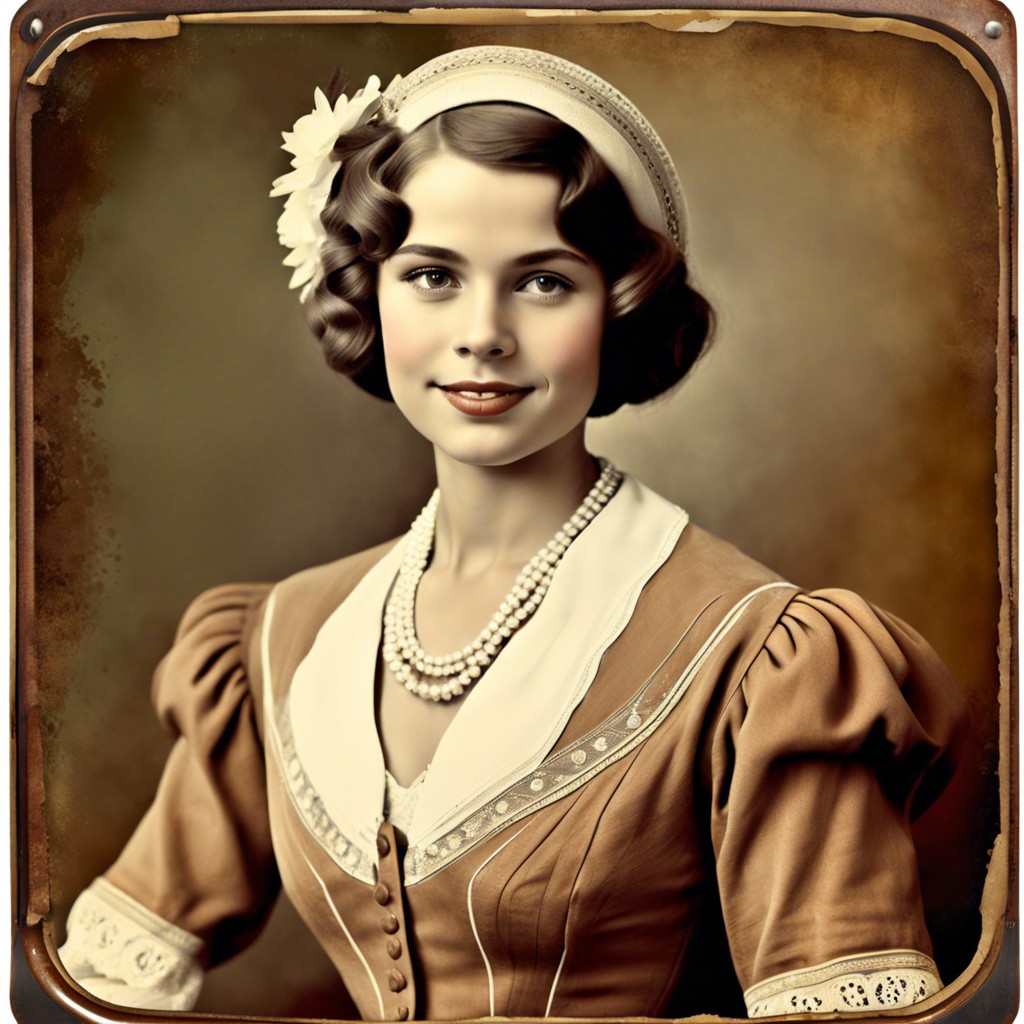
Selecting a vintage wedding dress often goes beyond aesthetic preference, touching on deeper connections to heritage and personal history. Such a choice can be a tribute to family lineage, wearing a gown passed down through generations as a symbol of continuity and love.
It may also represent an affinity for a particular era, perhaps one that resonates with the couple’s shared interests or the theme of their wedding. Incorporating a vintage wedding dress can provide a sense of uniqueness, standing out in a sea of contemporary bridal fashion with a garment that carries its own stories and charm.
For some, the sustainable aspect of reusing a garment aligns with environmental values, making vintage not only a style choice but a conscientious one as well.
